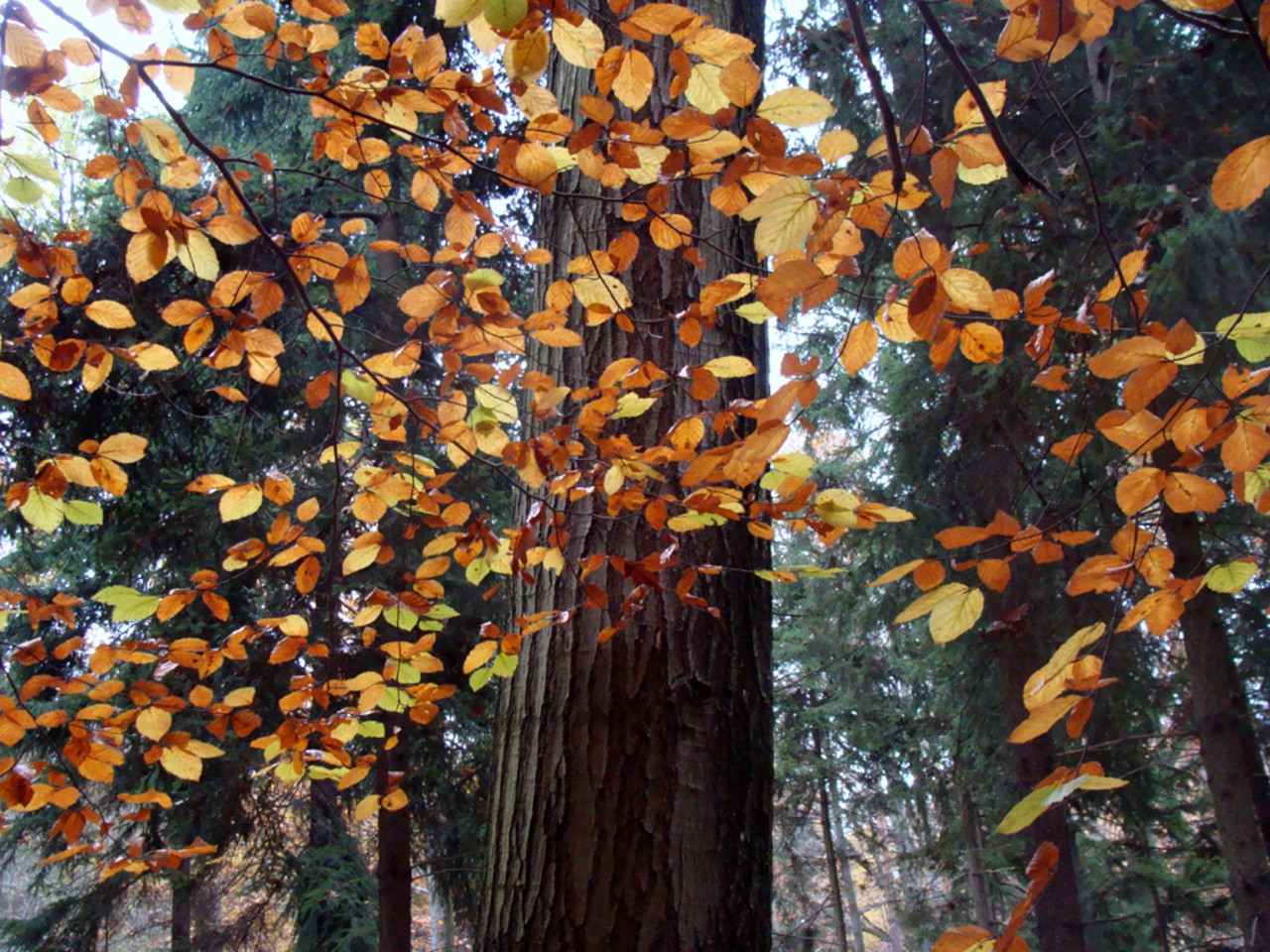The Future of Building
페이지 정보

본문
Mass timber construction has been gaining popularity in recent years due to its numerous benefits over traditional building methods. One of several key advantages of mass timber construction is its reduced environmental impact. Mass timber is made from sustainably sourced wood products like glued-laminated timber (Glulam), laminated veneer lumber (LVL), and cross-laminated timber (CLT). These materials are manufactured from locally sourced trees that are harvested from managed forests, reducing the need for transportation and the associated carbon footprint.
In addition to its eco-friendly features, mass timber construction also offers improved structural performance. Mass timber panels are engineered to withstand sturdy loads and can provide superior fire-resistance, acoustic insulation, and durability. This is due to the cross-grain structure of the panels, which allows them to withstand axial loads and distribute stress evenly throughout the material. Furthermore, доска сосна строганная mass timber can also be used to create innovative and complex building designs, taking advantage of the material's unique properties to create cantilevered structures and curved lines.
Another significant benefit of mass timber construction is its significant cost savings. Compared to traditional building materials such as steel and concrete, mass timber is significantly lighter, making it easier to transport and install on site. This reduction in labor and equipment costs can lead to remarkable financial savings. Additionally, mass timber can also be used to reduce the need for site preparation, as the panels can span large distances and distribute loads evenly.
Mass timber construction also offers better indoor air quality and occupant health. As a natural, wood-based material, mass timber is a non-toxic and biodegradable solution that does not off-gas volatile organic compounds (VOCs) like traditional building materials. This creates a healthier indoor environment for occupants and reduces the risk of respiratory problems and other health issues.
Finally, mass timber construction is also highly adaptable to changing building codes and regulations. As the demand for mass timber increases, manufacturers are developing new innovations that meet the needs of architects and builders. This adaptability ensures that mass timber will continue to be a viable option for years to come, providing architects and builders with a sustainable and innovative solution for building projects.
As the building industry continues to evolve, mass timber construction is likely to play a significant role in shaping the future of building design and architecture. Its unique combination of structural performance, environmental benefits, cost savings, improved indoor air quality, and adaptability to changing regulations make it an attractive option for builders, architects, and developers looking to create sustainable and innovative buildings.
In addition to its eco-friendly features, mass timber construction also offers improved structural performance. Mass timber panels are engineered to withstand sturdy loads and can provide superior fire-resistance, acoustic insulation, and durability. This is due to the cross-grain structure of the panels, which allows them to withstand axial loads and distribute stress evenly throughout the material. Furthermore, доска сосна строганная mass timber can also be used to create innovative and complex building designs, taking advantage of the material's unique properties to create cantilevered structures and curved lines.
Another significant benefit of mass timber construction is its significant cost savings. Compared to traditional building materials such as steel and concrete, mass timber is significantly lighter, making it easier to transport and install on site. This reduction in labor and equipment costs can lead to remarkable financial savings. Additionally, mass timber can also be used to reduce the need for site preparation, as the panels can span large distances and distribute loads evenly.
Mass timber construction also offers better indoor air quality and occupant health. As a natural, wood-based material, mass timber is a non-toxic and biodegradable solution that does not off-gas volatile organic compounds (VOCs) like traditional building materials. This creates a healthier indoor environment for occupants and reduces the risk of respiratory problems and other health issues.
Finally, mass timber construction is also highly adaptable to changing building codes and regulations. As the demand for mass timber increases, manufacturers are developing new innovations that meet the needs of architects and builders. This adaptability ensures that mass timber will continue to be a viable option for years to come, providing architects and builders with a sustainable and innovative solution for building projects.
As the building industry continues to evolve, mass timber construction is likely to play a significant role in shaping the future of building design and architecture. Its unique combination of structural performance, environmental benefits, cost savings, improved indoor air quality, and adaptability to changing regulations make it an attractive option for builders, architects, and developers looking to create sustainable and innovative buildings.

- 이전글Ensuring Safety with Gambling Sites: The Role of Toto79.in in Scam Verification 25.04.15
- 다음글How to Play Lotto Online: A Comprehensive Guide 25.04.15
댓글목록
등록된 댓글이 없습니다.




